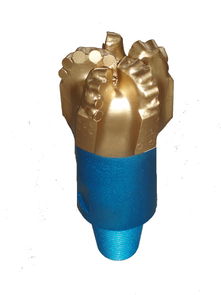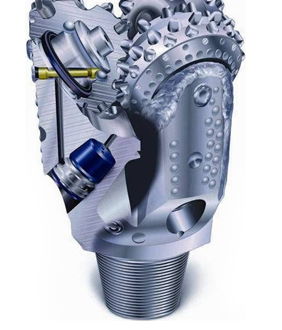
Metal Drill Bits for Metal: A Comprehensive Guide
When it comes to metalworking, selecting the right drill bit is crucial for achieving precise and efficient results. Whether you’re a professional tradesperson or a DIY enthusiast, understanding the different types of metal drill bits available can greatly enhance your metalworking experience. In this article, we will delve into the various aspects of metal drill bits, including their materials, types, and applications.
Materials Used in Metal Drill Bits

Drill bits are typically made from high-speed steel (HSS), cobalt steel, or carbide. Each material has its own advantages and is suitable for different types of metalworking tasks.
| Material | Description | Advantages | Applications |
|---|---|---|---|
| High-Speed Steel (HSS) | Alloyed steel with high carbon content | Good heat resistance, high durability, and cost-effective | General-purpose drilling in mild steel, aluminum, and non-ferrous metals |
| Cobalt Steel | Alloyed steel with cobalt added to increase hardness and heat resistance | Excellent heat resistance, high durability, and longer lifespan | Drilling in high-tensile steels, stainless steel, and cast iron |
| Carbide | Hardened tungsten carbide with high wear resistance | Extremely durable, high heat resistance, and long lifespan | Drilling in hard metals, such as titanium, high-speed steel, and tool steel |
Types of Metal Drill Bits

There are several types of metal drill bits available, each designed for specific applications and materials.
- Twist Drill Bits: The most common type of drill bit, suitable for general-purpose drilling in mild steel, aluminum, and non-ferrous metals.
- Countersink Bits: Used to create a countersink or a recess for a screw head, allowing for a flush or slightly countersunk finish.
- Spade Bits: Ideal for drilling large holes in soft metals, such as aluminum and brass.
- Forstner Bits: Designed for drilling flat-bottomed holes in wood or soft metals, with a sharp cutting edge for clean, precise cuts.
- Brad Point Bits: Used for drilling holes in wood, with a pointed tip that helps to prevent the bit from walking.
- Step Drill Bits: Designed for drilling holes of different sizes in a single operation, with multiple cutting edges.
Choosing the Right Metal Drill Bit

Selecting the right metal drill bit depends on several factors, including the material, the size of the hole, and the desired finish.
- Material: As mentioned earlier, different materials require different types of drill bits. For example, cobalt steel or carbide bits are suitable for drilling into high-tensile steels and stainless steel.
- Hole Size: The size of the hole you need to drill will determine the diameter of the drill bit. Ensure that the bit is the correct size for the material and the application.
- Finish: Depending on your project requirements, you may need a countersink bit for a flush finish or a spade bit for a large, flat-bottomed hole.
Maintenance and Care
Proper maintenance and care of your metal drill bits can extend their lifespan and ensure optimal performance.
- Storage: Store your drill bits in a dry, cool place to prevent rust and corrosion.
- Cleaning: After each use, clean the drill bits with a brush and a solvent to remove metal shavings and debris.
- Sharpening: If the cutting edges become dull, use a diamond hone or a sharpening stone to restore them.
By understanding the different





